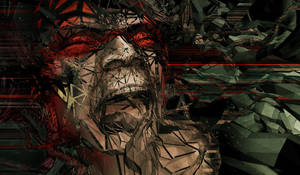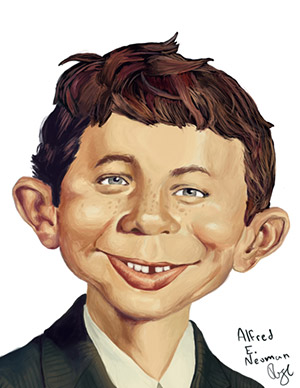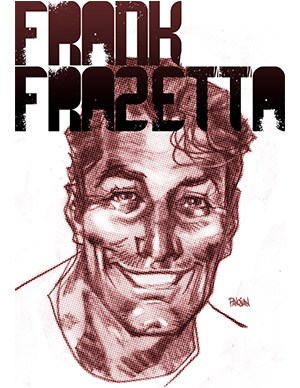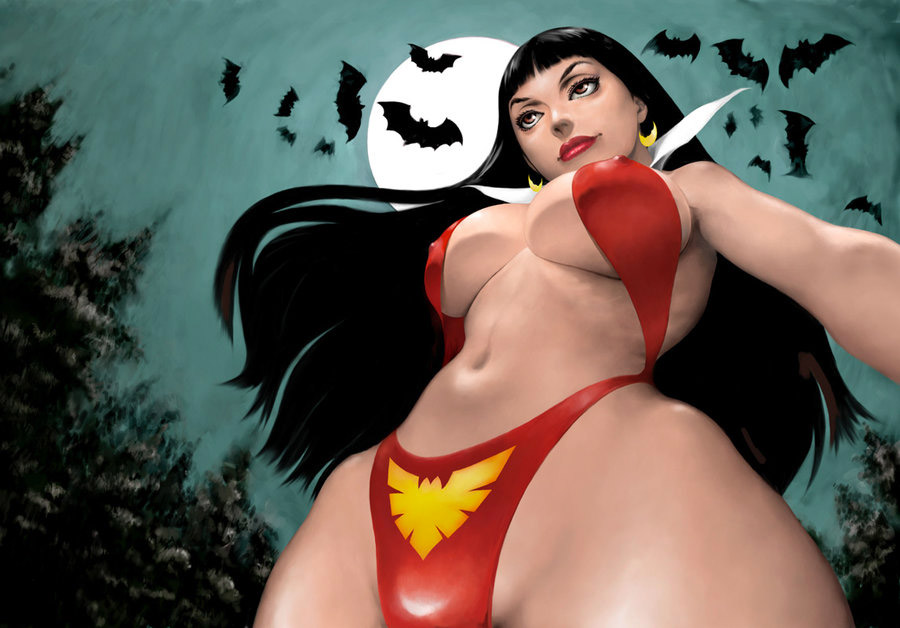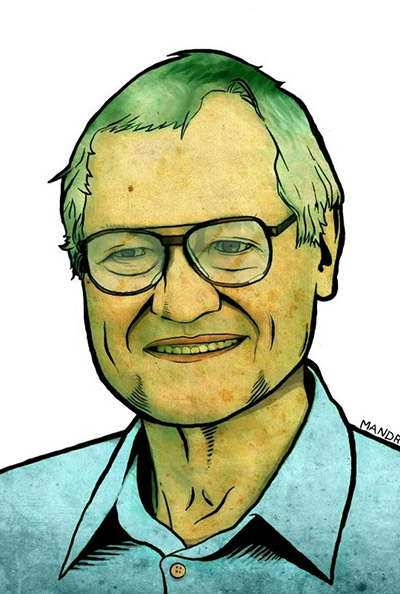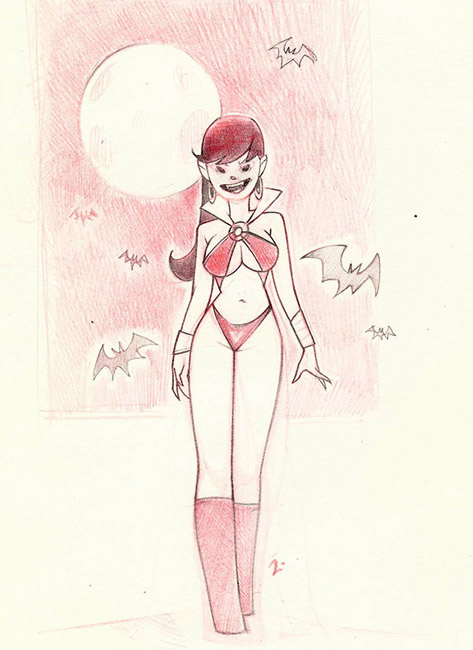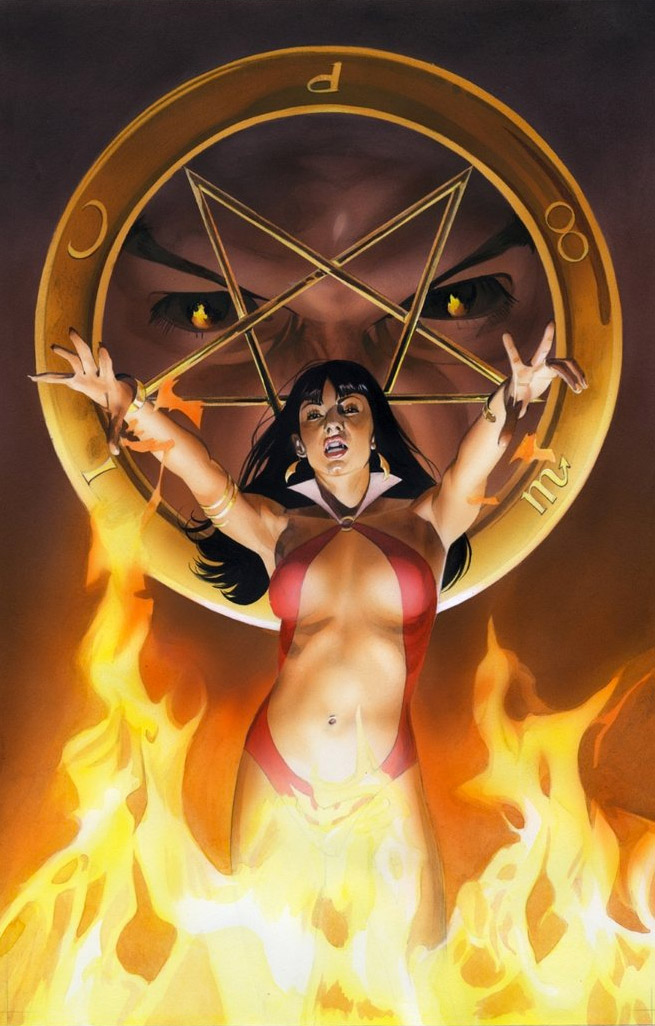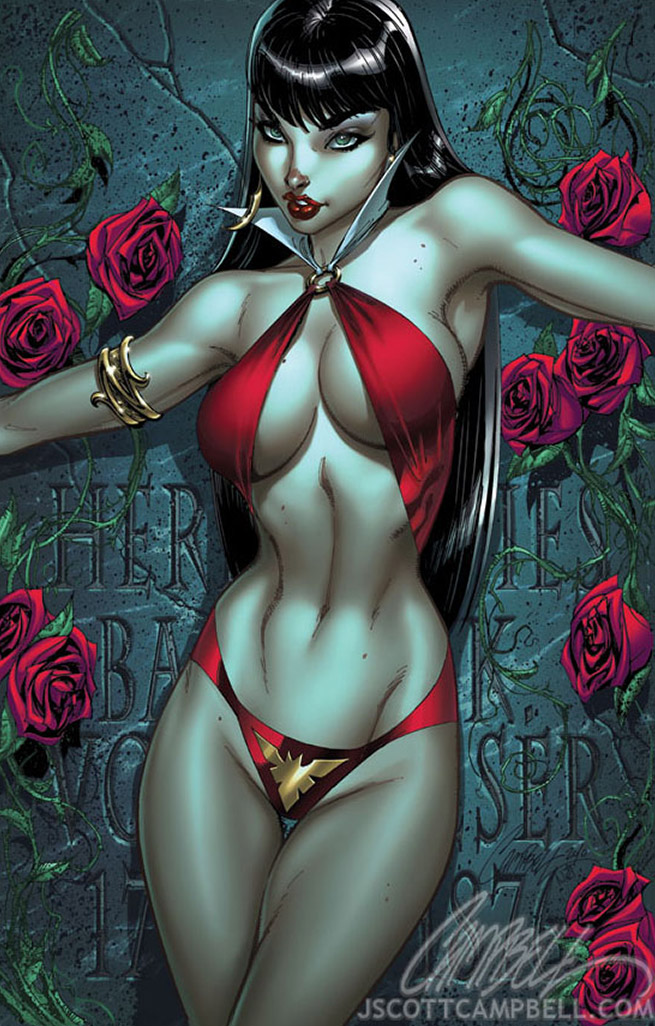
When Warren Publishing decided to relaunch horror comics in America in 1964 they were taking a chance that #McCarthyism was really dead. In the 1950s, at the height of Sen. McCarthy’s anti-communist witch-hunt, the paranoid minions of the out-of-control legislator managed to put the horror comics of Bill Gaines’s EC Comics out of business as suspected Soviet instruments for the enfeeblement of the minds of America’s youth. Tales from the Crypt, Vault of Horror and The Haunt of Fear were sacrificed to the House Committee on UnAmerican Activities. Only Gaines’s humor comic Mad survived the assault. Gaines changed it to a larger format (“Mad Magazine” ), produced it in black-and-white newsprint and inks and charged more for it. He could thus claim it was aimed at an adult, not a teen, audience and was therefore not subject to the dictates of the “Comics Code Authority.”
Warren Publishing’s ’64 revival of illustrated horror stories cautiously proceeded with their own Creepy and Eerie comics, but followed the Mad model of larger magazine formats, black-and-white content, a higher cover price and placement on magazine stands rather than comic book racks. The “Crypt Keeper” and the “Vault Keeper” were replaced with the remarkably similar “Uncle Creepy” and “Cousin Eerie,” who even introduced the stories with the same incessant stream of silly puns.
The launch was successful. The government had more on their minds than censoring horror comics with a war escalating in some place called Vietnam.
In the summer of 1969
The Warren publication with the most memorable cover ever produced in the company’s history hit the nation’s newsstands and raised teenaged boys’ heart rhythms from coast to coast. She was Vampirella, gracing the cover of the first issue of her own eponymous horror magazine. She was conceived by Forrest J. Ackerman, editor of Warren’s Famous Monsters of Filmland, and comics artist Trina Robbins. She was brought to life on her magazine cover by master illustrator Frank Frazetta. Too alluring as a character in herself to be relegated to merely introducing her magazine’s tales, she starred in a chapter of her own life story in each issue. “Vampirella Magazine” published 112 issues from September, 1969 to March, 1983. “Vampirella” has subsequently been revived as a comic book, first by Harris Publications from 1991 to 2007, and currently by Dynamite Entertainment since 2010.
“Vampirella” was a quintessential representation of one of the 1970s most vexing conundrums: When is art that unabashedly projects female sexuality an exercise in the liberation and self-empowerment of women – and when is that dictum simply a cover for the male chauvinist exploitation of female sexuality? Vampirella was a fantasy sex symbol supreme whose depictions by different artists covered the walls of many a smitten young man. But at the same time her character was also supposedly able to hypnotize suitors and bend their wills to her own. As physically powerful as she was sexually intimidating, her character could drain a man’s blood in moments or tear his head from his shoulders, should the mood so move her. This was the dubious male understanding of “feminism” promoted by Roger Corman and other low-budget exploitation filmmakers of the time. (The Pam Grier “Foxy Brown” films are prime examples.) The “bottom line”: It’s OK to sexually objectify a sexy woman’s body, so long as you sincerely respect that she is a truly independent female and adept in kung-fu fighting and firing handguns.
Whether “Vampirella” has been a net-plus or a net-minus for women’s liberation is a question best left to the sociologists. What we can attest to here at DeviantArt is the amazing amount of artwork the now iconic character continues to inspire, as evidenced in the following gallery. Vampirella continues to reign as the otherworldly vampire goddess whose unique taste in everyday casual attire has made her a tantalizing subject for countless deviant artists, photographers and cosplayers.
Gallery
Your Thoughts
- While Vampirella was created as a symbol of sexist exploitation in the 1960’s do you think she has evolved into a symbol of today’s “girl power”?
- Would you say Vampirella, a scantily-clad vampire who always saved the day, was the early predecessor to today’s empowered Disney princesses?
- Does the fact that Vampirella was co-created by Trina Robbins, a female comic artist who also designed her costume, affect how you perceive her portrayal?
- How much influence do feel the concept of “sex sells” still has in the comics industry today?





